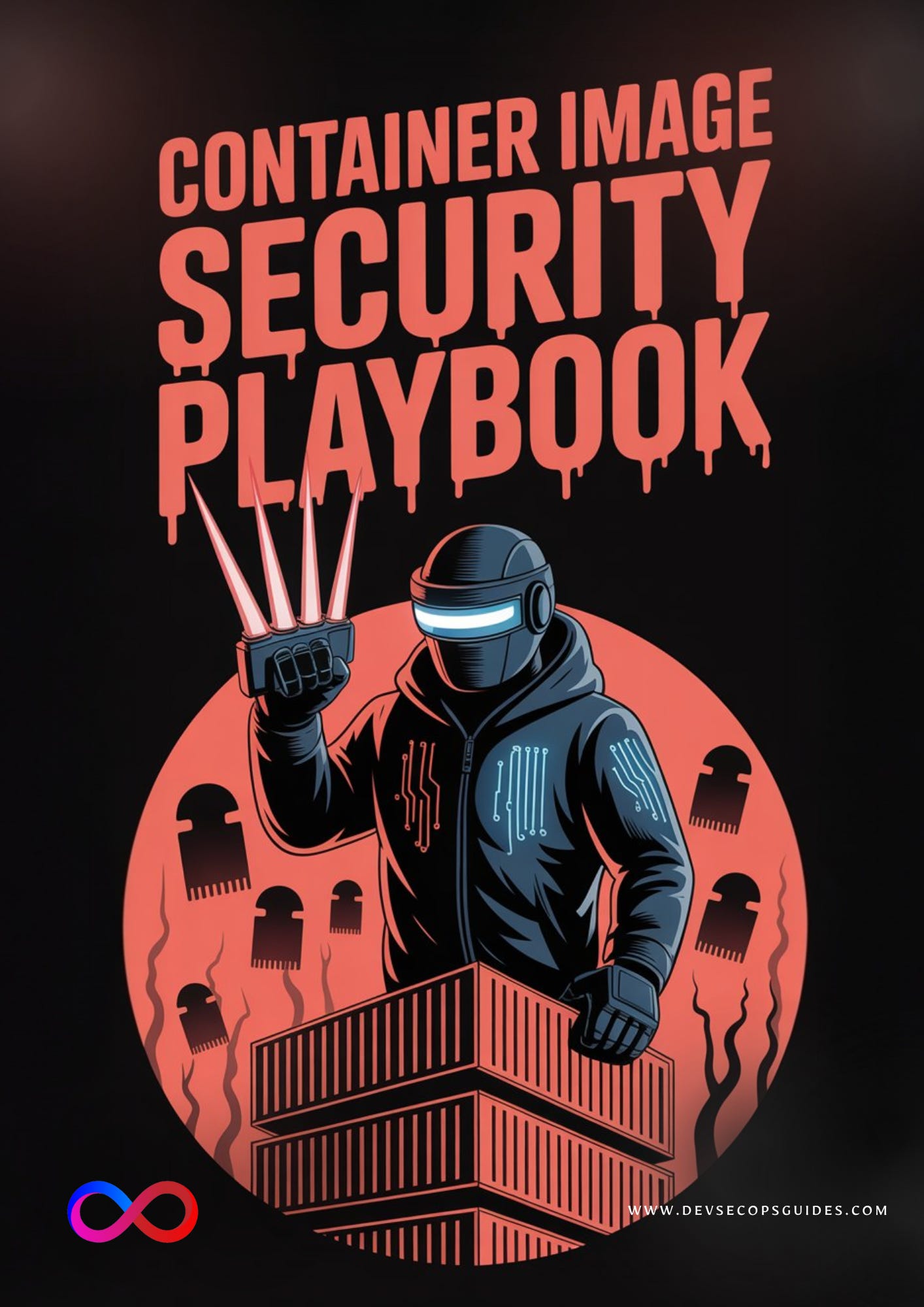The Container Base Image Security
Choosing Base Image as Security Perspective
Battlefield
A comprehensive guide to offensive and defensive container image security strategies
Table of Contents
Introduction: The Digital Genome Under Attack
Chapter 1: The Art of Image Warfare - Attack Techniques
Chapter 2: The Fortress of Defense - Protection Strategies
Chapter 3: Architecture Showdown - Insecure vs Secure Image Environments
Chapter 4: Real-World Battle Stories - Case Studies
Chapter 5: The Ultimate Image Security Arsenal - Tools & Cheatsheet
Introduction: The Digital Genome Under Attack
Picture this: It's 2 AM, and your security operations center erupts in chaos. An attacker has just deployed a seemingly innocent Node.js application image across your Kubernetes cluster. Within minutes, this digital Trojan horse begins harvesting credentials, exfiltrating data, and establishing persistent backdoors across your entire infrastructure. What started as a routine deployment has become a full-scale breach, all because someone trusted an image without proper verification.
Welcome to the hidden battlefield of container image security, where the very foundation of your applications becomes the weapon of choice for sophisticated attackers. In this digital age, container images are more than just packaged applications—they're the DNA of your infrastructure, containing not just your code, but potentially the seeds of your destruction.
This comprehensive guide will transform you from a passive observer into a battle-hardened warrior in the image security domain. We'll dive deep into the attacker's playbook, exploring sophisticated techniques used to weaponize container images, while simultaneously building an impenetrable defense strategy that would make Fort Knox jealous.
Why Image Security is the New Frontier
Container images represent the ultimate supply chain attack vector. Unlike traditional software where vulnerabilities are patched over time, compromised images can be distributed to thousands of organizations within hours. Consider this sobering reality:
Scale of Impact: A single malicious image can be pulled millions of times before detection
Supply Chain Vulnerability: 87% of organizations use third-party base images without proper verification
Persistent Threats: Malicious code embedded in images persists across container restarts and deployments
Stealth Factor: Image-based attacks often bypass traditional runtime security measures
The Anatomy of an Image Attack
Modern image attacks follow a sophisticated kill chain that exploits trust relationships at every level of the container ecosystem. Understanding this chain is crucial for both attackers and defenders:
Reconnaissance: Identifying popular base images and registries
Weaponization: Creating malicious images that appear legitimate
Delivery: Distributing through public registries or supply chain compromise
Exploitation: Triggering malicious code during image build or runtime
Installation: Establishing persistence within the target environment
Command & Control: Maintaining access for further operations
Actions on Objectives: Data exfiltration, lateral movement, or destruction
Chapter 1: The Art of Image Warfare - Attack Techniques
"In the art of war, the supreme excellence consists in breaking the enemy's resistance without fighting." - Sun Tzu
In the realm of container image attacks, the supreme excellence lies in compromising targets without them ever realizing they've invited the enemy inside. Let's explore the sophisticated techniques that make image-based attacks so devastatingly effective.
Attack Vector 1: Supply Chain Poisoning - The Upstream Corruption
The most insidious image attacks don't target your infrastructure directly—they target the very foundations you build upon. Supply chain poisoning represents the apex of image-based warfare, where attackers corrupt the source rather than the destination.
The Attack Scenario: "The Helpful Update"
Meet Dr. Elena Vasquez, a sophisticated threat actor specializing in supply chain attacks. Instead of breaking into individual systems, she targets the ecosystem itself. Here's her methodology:
Phase 1: Target Identification and Reconnaissance
Elena begins by identifying high-value upstream targets—popular base images with wide adoption but potentially lax security controls.
# Registry reconnaissance
curl -s "https://registry/v2/_catalog" | jq -r '.repositories[]'
docker history node:18-alpine --format "table {{.CreatedBy}}\t{{.Size}}"






